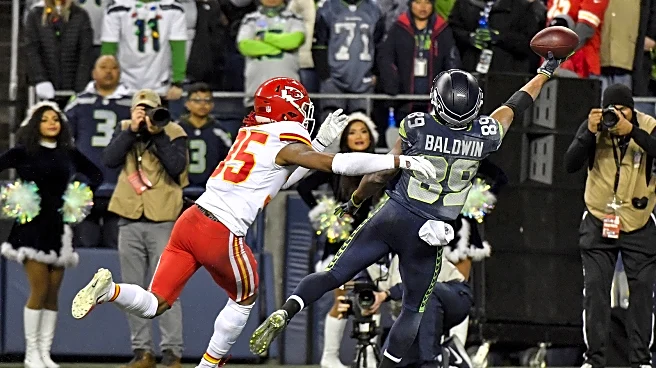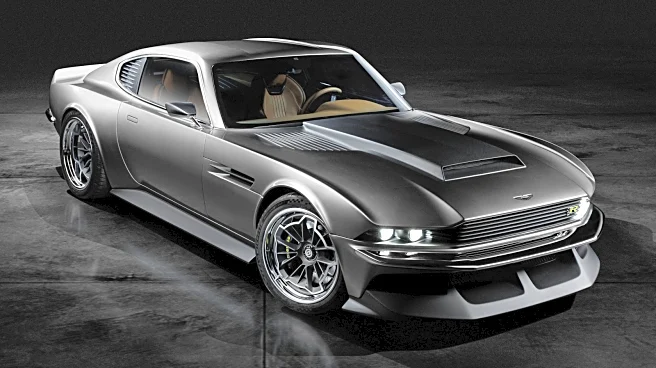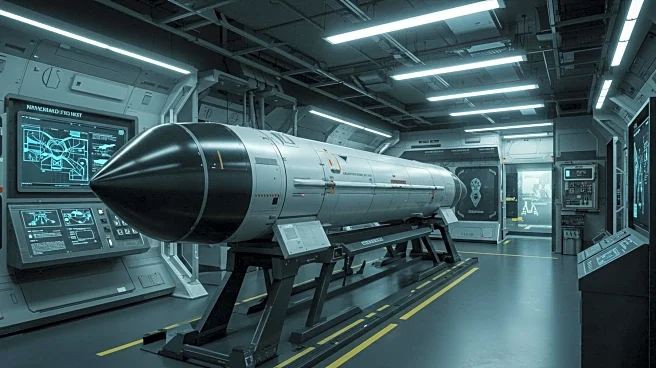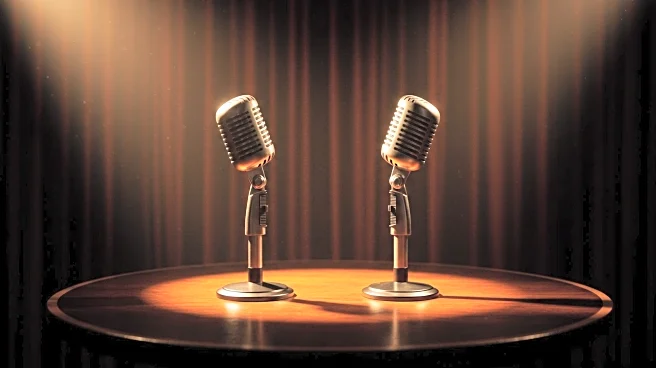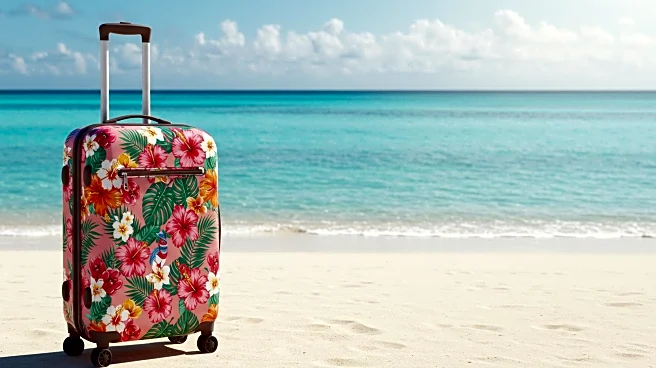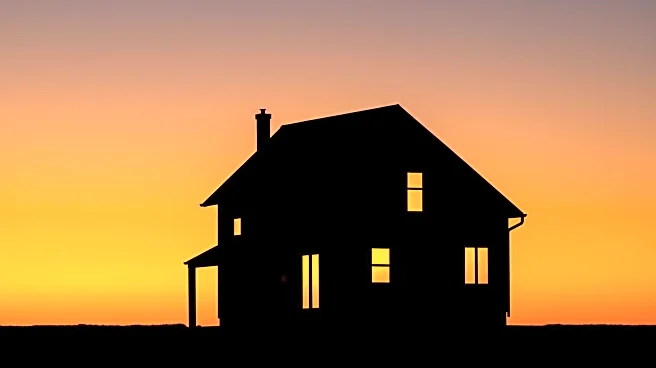
During the anxious days of World War II, the U.S. military was understandably jumpy. After the attack on Pearl Harbor, the West Coast felt like a sitting duck, particularly the industrial hubs cranking out the hardware needed to win the war. One of the biggest probable targets was Boeing's Plant 2 in Seattle. This wasn't just any factory; it was the birthplace of the legendary B-17 Flying Fortress, with thousands of them rolling off the assembly line. It wasn't quite the size of Ford's mile-long
Willow Run plant back east, but impressive nonetheless. At its peak, Plant 2 was building up to 300 B-17 Flying Fortresses a month. That made it a prime target for the opposition. Losing it would've been — in corporate-speak — a catastrophic synergistic failure.
That's why the U.S. Army Corps of Engineers cooked up a plan so out there it could only have come from one place: Hollywood. They decided the best way to hide a sprawling airplane factory was by building a completely fake suburban neighborhood on its roof. That's right. From the air, what was arguably one of the most critical industrial sites in the country at the time was designed to look like just another sleepy corner of suburbia, complete with houses, streets, and trees. Seattle's known for a lot of things — like losing the best team name in the NBA to Oklahoma City, and that abandoned Tesla Cybertruck — but this one belongs in the annals of Seattle lore.
Read more: Nobody Does Land Yachts Like Cadillac, And These Are Five Of The Best Ones
The Big Screen From 10,000 Feet

To pull off a cajole of this magnitude, the Army needed people who were professionals at building fake things, quickly — and specifically looked good from a distance. They turned to Hollywood set designer John Stewart Detlie, an art director from MGM. Detlie and his team went to work, transforming the factory's sprawling roof into the "Boeing Wonderland." This wasn't just a few painted lines on the roof; it was a full-blown production.
Crews used over 1 million board feet of lumber and vast amounts of chicken wire and burlap to construct a convincing illusion. They built mock houses — most only a few feet tall since the only perspective that mattered was from above. The town came complete with garages and even a tiny gas station. Fake trees, crafted from chicken wire, tar, and feathers, dotted the landscape. They even laid out tar-paper roads with tongue-in-cheek names like "Synthetic St." and "Burlap Blvd." To complete the effect, factory vents were disguised as chimneys or fireplugs, and workers were encouraged to stroll through the rooftop town during their breaks, adding a touch of life to the massive production.
A Secret Everybody Knew
The wildest part of this whole scheme? The "Boeing Wonderland" was basically an open secret among the 30,000 workers and the wider Seattle community. Yet nobody talked, and the secret was kept until the war was nearly over in July 1945. Luckily, no enemy bombers ever made it to Seattle to put the elaborate ruse to the test. However, the camouflage was so convincing that it reportedly confused friendly American pilots trying to find their way back to base. If your own guys can't find the factory, it's a safe bet an enemy navigator would've been doubting their maps, too.
The project served as a massive token of the war efforts at home, a tangible sign that things were being done to protect the home front. After the war, the charmingly fake neighborhood was torn down in 1946. Plant 2 itself continued to produce aircraft for decades before it was finally demolished in 2010. Unfortunately, no matter how iconic, just like the C-17 Globemaster — time to retire eventually comes. The factory may be long gone, but like the buoy-turned-pilot-refuge, its story of clever engineering remains one of the most brilliant — and delightfully unique — examples of wartime ingenuity.
Want more like this? Join the Jalopnik newsletter to get the latest auto news sent straight to your inbox...
Read the original article on Jalopnik.
